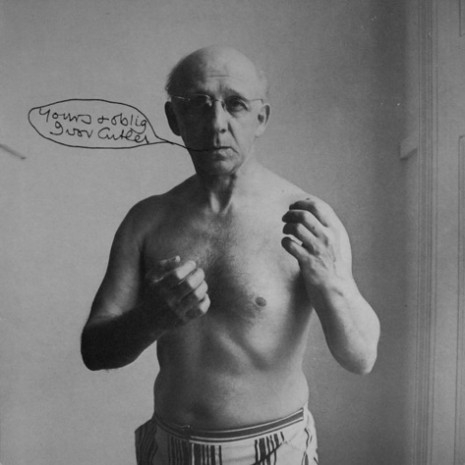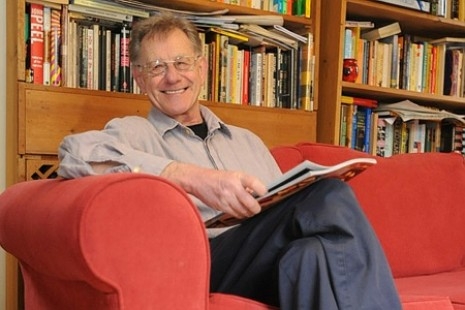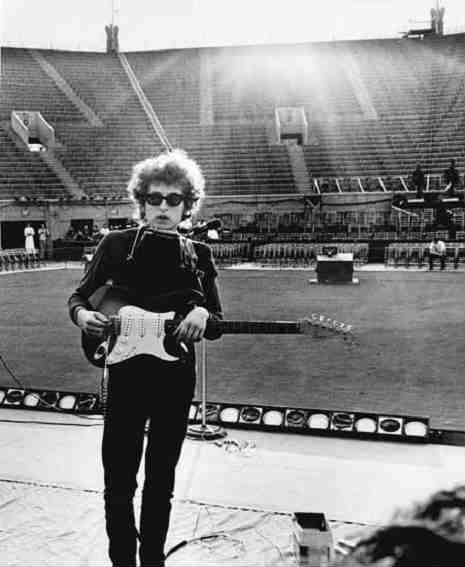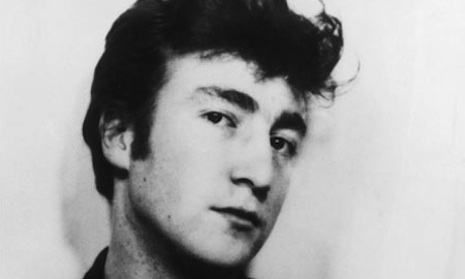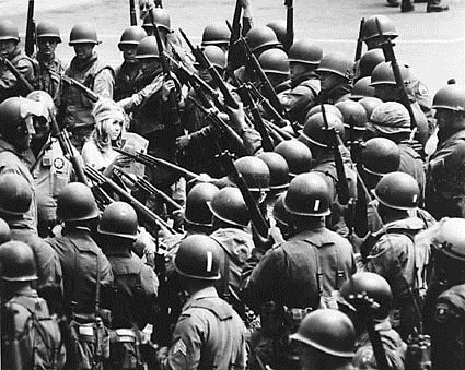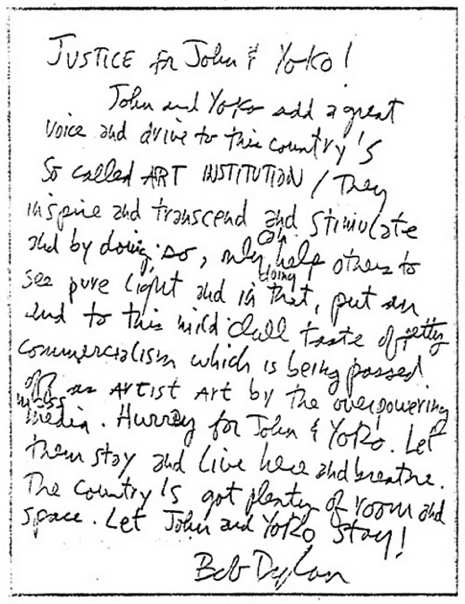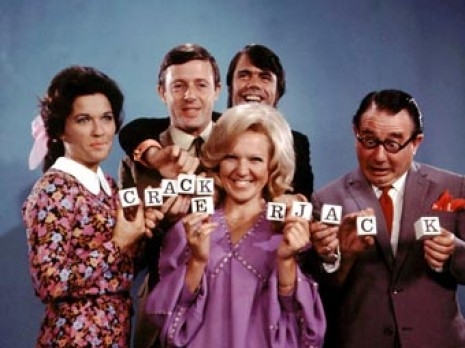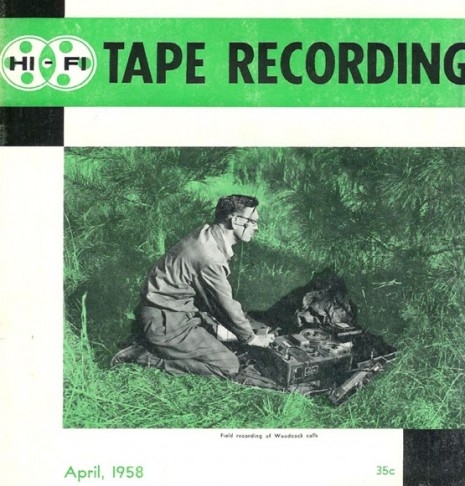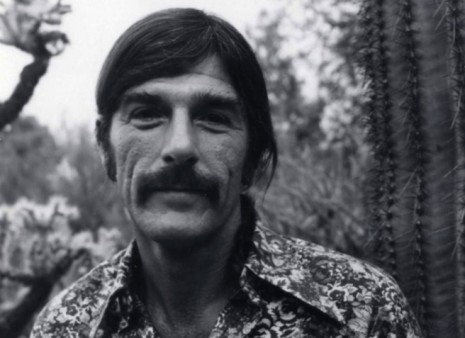Newfield had a reputation for being a bit of a sensationalist and he lives up to that rep with tabloidy lines like “It was during the third rock number that the first wave of Rockers erupted from the stands and sprinted for the stage. This ritual was repeated by co-ed guerilla bands after each succeeding song. The Mods, meanwhile, responded to the ultimate desecration of their idol by throwing fruit.” What was probably a relatively civilized event is depicted as some kind of rock and roll riot. Accurate? I don’t know. Funny? Yes. Newfield was a smart cat, but rock and roll was definitely not his beat.
At Forest Hills: Mods, Rockers Fight Over New Thing Called ‘Dylan’
Twenty-four year old Bob Dylan may have been the oldest person in the crowd of 15,000 that jammed Forest Hills Stadium Saturday night.
The teenage throng was bitterly divided between New York equivalents of Mods and Rockers. The Mods—folk purists, new leftists, and sensitive collegians—came to hear Dylan’s macabre surrealist poems like “Gates of Eden” and “A Hard Rain Is Gonna Fall.” But the Rockers—and East Village pothead—came to stomp their feet to Dylan’s more recent explorations of electronic “rock folk.”
The confrontation was riotous. The Mods booed their former culture hero savagely after each of his amplified rock melodies. They chanted We want Dylan and shouted insults at him. Meanwhile, the Rockers, in frenzied kamikaze squadrons of six and eight, leaped out of the stands after each rock song and raced for the stage. Some just wanted to touch their newfound, sunken-eyed idol, while others seemed to prefer playing Keystone cops with pudgy stadium police, running zig-zag on the grass until captured in scenes reminiscent of the first Beatle movie.
The factionalism within the teenage sub-culture seemed as fierce as that between Social Democrats and Stalinists, and it began even before Dylan set foot on the wind-swept stage. Folk disc jockey Jerry White introduced from the wings, “The Fifth Beatle, Murray the K.”
The leading symbol of commercialization and frenetic “Top 40” disc jockeying was greeted with a cascade of boos. “There’s a new swinging mood in the country,” Murray the K began, “and Bobby baby is definitely what’s happenin’, baby.”
The teenage argot drove the Mods to even greater fury. But when the K added, “It’s not rock, it’s not folk, it’s a new thing called Dylan,” a united front of cheers filled the night.
After three introductions, Dylan finally emerged from the wings like a timid bird with a lion’s mane. The first half of his concert was devoted exclusively to the image-filled, heavily symbolic absurdist songs he was identified with before he unveiled his “electricity” at Newport last month. The Mods listened enraptured as he sang the familiar images: “She is a hypnotist collector/You are a walking antique” and “She can take the dark out of the night and paint the daytime black.”
A few moments later, hunched over, his long hair rippling in the breeze, Dylan mesmerized the Mods, half singing, half chanting, “The Gates of Eden”:
“I try to harmonize with songs the lonesome sparrow sings . . . at dawn my lover comes to me and tells me of her dream/With no attempt to shovel the glimpse into the ditch of what each one means.”
Then Dylan sang a long, new dream called “Desolation Row” that contained these two verses:
“All except Cain and Abel and the Hunchback of Notre Dame/Everybody is either making love or waiting for rain/Ophelia, she’s beneath the window, for her I feel so afraid/On her 22nd birthday, she’s still an old maid.”
“The Titanic sails at dawn/Everyone is shouting ‘Which side are you on’/Ezra Pound and T.S. Eliot are fighting in the captain’s tower/While calypso singers laugh at them below them . . . “
But Dylan is like Norman Mailer: He never repeats himself or exploits his past. Just as Mailer has moved inevitably from Trotskyism to hipsterism to mysticism, so has Dylan grown from political protest to rock folk.
A four-piece amplified band (electronic organ, electronic bass, electronic guitar, and drums) backed Dylan up the second half of the concert. After the first rock song, the Mods booed Dylan. After the second someone called him a “scum bag,” and he replied cooly, “Aw, come on now.” After the third the Mods chanted sardonically, “We Want Dylan.”
It was during the third rock number that the first wave of Rockers erupted from the stands and sprinted for the stage. This ritual was repeated by co-ed guerilla bands after each succeeding song. The Mods, meanwhile, responded to the ultimate desecration of their idol by throwing fruit. But they should have been listening to the lyrics—they were as poetic as ever.
Perhaps in an attempt to show the Mods he wasn’t “going commercial” or “selling out,” Dylan performed a few of his earlier hits like “It Ain’t Me, Babe,” with a muted rocking beat. The message seemed to get through, and much of the Mods’ wrath subsided. And the Mods joined the Rockers in wildly applauding Dylan’s second new song of the evening (no title announced), which he sang while playing the piano standing up.
America’s most influential poet since Allen Ginsberg then sang his top-selling “Like a Rolling Stone,” and the factions divided again. The Mods booed, and during the last chorus a dozen teenagers charged the stage, exhausted police in slow-footed pursuit. Keeping his cool, Dylan finished the song, mumbled, “Thank you, very much,” and walked off without doing an encore, while kids and cops cavorted on the grass.”
Keeping in the tabloid spirit of Newfield’s article, I’m sharing the notorious Dylan/Lennon limousine footage from May 27, 1966 in which both musicians were reputedly drunk and/or tripping. Dylan certainly seems out of it. Lennon seems bemused. While we’ve previously shared a portion of this on DM, this is the long version. There’s an additional four minutes of footage that wasn’t included in this clip because it’s silent and consists mostly of Dylan looking nauseous and Lennon looking bored.







